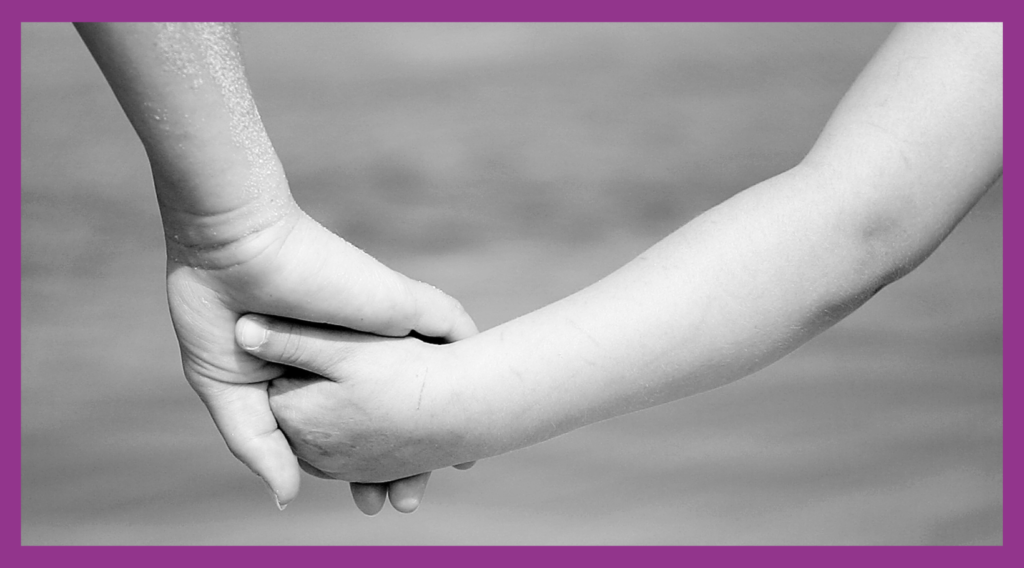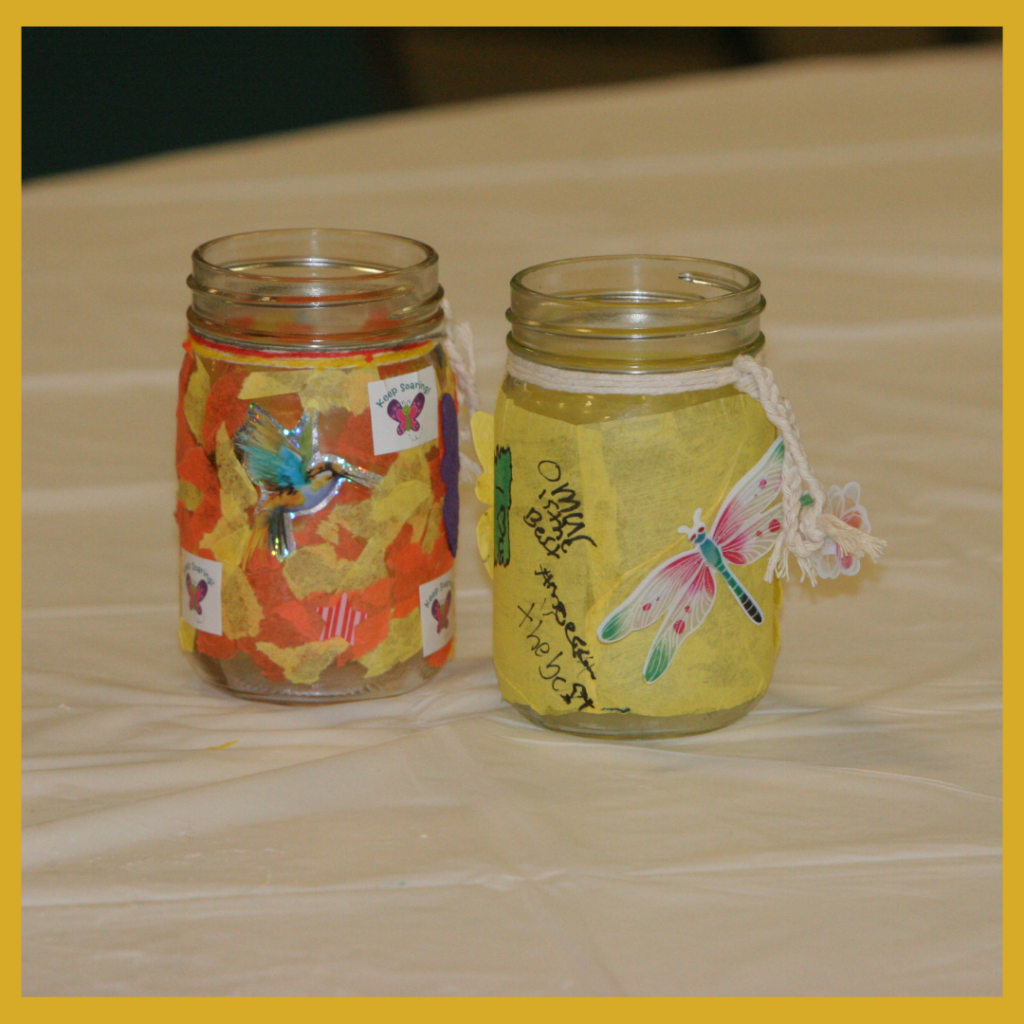How to Talk to Your Child About Miscarriage and Stillbirth
Miscarriage and stillbirth are deeply painful experiences and explaining them to a child can feel overwhelming. Children may struggle to understand the concept of loss, especially when it concerns a sibling they were eagerly expecting. However, open, age-appropriate conversations can help children process their feelings, foster resilience, and build empathy. Here’s a guide to help you navigate this conversation with your child.

1. Finding the Right Time to Tell Them
Children are naturally curious with surprisingly good powers of observation and learn by asking questions and watching other people’s responses. If a child is asking a question, it is usually because he/she needs to hear, and is ready to hear, the answer. It may go against strong feelings of wanting to protect them, but children need to hear the news as soon as possible. The longer you leave it, the greater the likelihood that they will overhear a conversation, sense something is wrong and feel alone in their worries, or find out in some other inappropriate way.
2. Create a Safe Space for the Conversation
Find a quiet, comfortable space where your child feels safe. It’s helpful to initiate the conversation at a time when there are no immediate interruptions, allowing them to ask questions or share feelings. Children may experience a wide range of emotions, and knowing they have your full attention can help them feel secure.
3. Be Honest and Clear, Using Age-Appropriate Language
When explaining miscarriage or stillbirth, use clear, age-appropriate terms. Avoid euphemisms, as phrases like “gone to sleep” or “lost” can be confusing for young children. Instead, explain in simple terms what happened to the baby, like, “The baby’s body couldn’t grow anymore,” or “The baby died and is no longer with us.”

4. Address Misunderstandings and Reassure Them
Children may misunderstand miscarriage and stillbirth, sometimes even blaming themselves or wondering if they could’ve prevented it. Gently reassure them that nothing they said or did caused this to happen, and that sometimes, we just don’t know why things like this happen.
Remind them that the baby’s death does not mean it will happen to them or to other family members. Emphasizing their safety and well-being can ease any fears or anxieties they may have.
5. Model Healthy Ways to Grieve
Children learn by example, and seeing their parents navigate grief with honesty and resilience can be comforting. Allow your child to see that it’s okay to be sad or cry, and that expressing emotions is healthy. Talk about what helps you when you feel sad, whether it’s talking to someone, writing, drawing, or spending time outside.
6. Honor the Baby Together
Create an opportunity to remember the baby in a way that feels meaningful to your family. Some families plant a tree, create a memory box, or draw pictures as a way to say goodbye. Involving children in this process gives them a tangible way to express their love and feelings for the baby they were looking forward to welcoming.

7. Check In Regularly and Offer Ongoing Support
Grieving is not a one-time event. Children may continue to have questions, worries, or feelings about the baby’s death long after the initial conversation. Check in with them periodically, keeping the lines of communication open. Books, support groups, or a counselor can be helpful resources if they continue to struggle with grief.



Conclusion
Talking to children about miscarriage or stillbirth is never easy, but with honesty, empathy, and patience, you can help them through their grief journey. By having these conversations openly, you teach your child how to navigate difficult emotions, build compassion, and feel a deeper connection to the family, even in times of sorrow.
For children ages 5–18, consider Edmarc’s Peace by Piece program, an interfaith community grief program for children and teens, offered in partnership with Jewish Family Services. Participants join age-appropriate groups led by trained volunteers, where they can process their experiences, share support, and engage in therapeutic activities, games, and crafts tailored to help them cope with loss.
